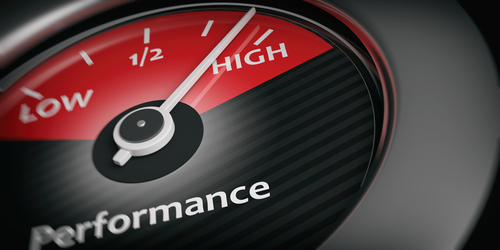New wide-angle diffuser for LiDAR and 3D sensor applications

In no time at all, LIDAR sensors have established themselves as a key technology for automated processes, especially when it comes to fully-automated autonomous driving. For high-precision detection of distances between vehicles and their static and dynamic environment, the laser beam must be shaped into a light field with a defined field of view. Thanks to its zero hot spot beam shaping, the new wide-angle diffuser from LIMO delivers consistent performance, even in extreme operating temperatures, while its expansive illumination area enables full coverage of the 360° surrounding view with just four LiDAR systems for reliable driving safety.
It takes more than the careful selection of an appropriate laser source and compatible detector to engineer a state-of-the-art LiDAR system. In fact, the most critical components are the optics that shape the laser light in the right direction. What’s more: Safe and reliable operation of the LiDAR system is only possible if the risk of injury from laser photons has been eliminated - something that requires a beam propagation without any hot spots.
This in turn necessitates a consistent intensity distribution of the laser radiation, even at high ambient temperatures. Up to now, the use of diffractive optical elements (DOE) has been limited to small angles and moderate ambient conditions. In addition, most of the optics used have an intensity distribution that drops flat at the edges.
Over 100° of illumination
The diffuser technology from LIMO takes a different approach: Similar to homogenization optics, LIMO designs glass refractive optical elements that have the ability to disperse laser light in one direction up to a full illumination angle ranging from a few mrad to over 100°. When combined with a second functional surface, the light can also be shaped at any desired angle in the other direction, making it possible to obtain a rectangular field with a steep edge slope and a user-defined size of 120° x 25°, for example.
“We can provide precise, uniform illumination of the target area using the different angles, while a surface structure defined for the customer’s application delivers a consistent intensity distribution for the specific application,” notes Dr. Daniel Braam, Optics Product Line Manager at LIMO. “This is beneficial for noise reduction and increases the signal-to-noise ratio, and it also enhances the range of the LiDAR sensors as a result. In addition, since the new diffuser offers a large illumination angle of over 100°, self-driving cars only need to be equipped with four LiDAR systems to fully map the surrounding spatial environment.” These LIMO diffusers can be combined with all types of low- and high-power laser sources, even in the range of 1.4 < M² < 15, i.e., the range in which laser beam homogenization is a difficult task.
Wafer technology for large quantities
Just like other micro-optics made by LIMO, the diffusers can be manufactured on wafers using a revolutionary new, highly-productive processing method. LIMO fabricates high-quality glass laser optics on wafers measuring up to 300 mm x 300 mm, making it possible to offer consistently lower production costs for high-volume orders without sacrificing any quality. In light of the fact that LiDAR systems and 3D sensors are components that play a major role in the safety of autonomous driving, and because the quantities needed for this application are so large, the quality and cost structure of the optics are significant factors in the breakthrough of this technology.



































